Across Southeast Heritage Eco Hotels ASEAN the rise of modern tourism has come at a heavy cost: eroding traditions, displacing communities, and overwhelming once-sacred landmarks. In fact, UNESCO reports that 60% of Asia’s World Heritage Sites are at risk due to mass tourism, commercialization, and neglect. Meanwhile, the WTTC (World Travel & Tourism Council) notes that nearly 40% of travelers now seek culturally immersive, low-impact stays (WTTC Cultural Heritage Report).
Enter a new movement: heritage eco hotels in ASEAN. These are not just places to rest — they’re vessels of living history. By restoring colonial mansions, royal villas, and traditional longhouses, these hotels are turning cultural preservation into a form of sustainable tourism. Many also partner with artisans, elders, and indigenous groups to breathe new life into old walls.
Let’s explore the top green heritage stays across Southeast Asia, where the past is protected — and the future is built responsibly.
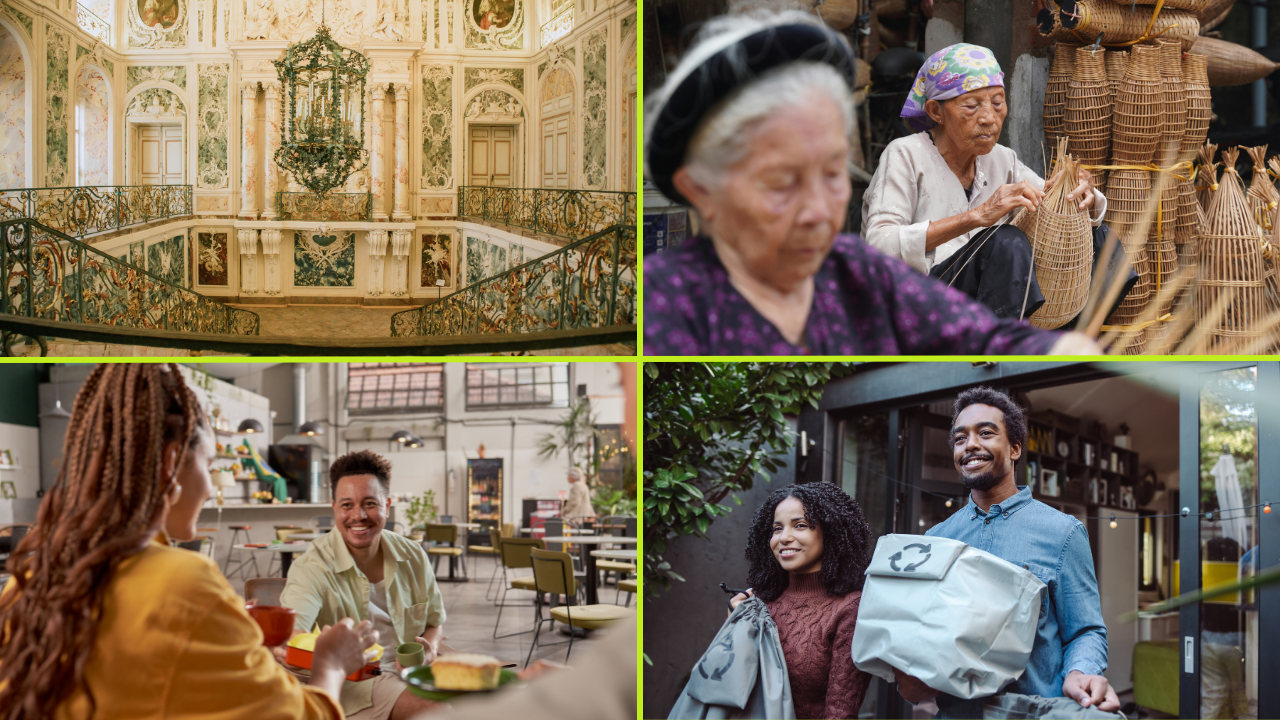
✅ Why Heritage Eco Hotels Matter
Cultural sustainability is more than architecture — it’s about preserving the soul of a place. These hotels play a vital role by:
- 🏛️ Restoring historical buildings instead of replacing them
- 👩🏽🎨 Supporting traditional artisans and trades
- 🧵 Offering employment to locals while retaining cultural dignity
- 🌱 Incorporating eco-conscious design and operations
Together, they help combat both tourism-related degradation and loss of cultural identity.
🏞️ Book Your Eco-Heritage Eco Hotels
🏨 Top Heritage Eco Hotels in ASEAN
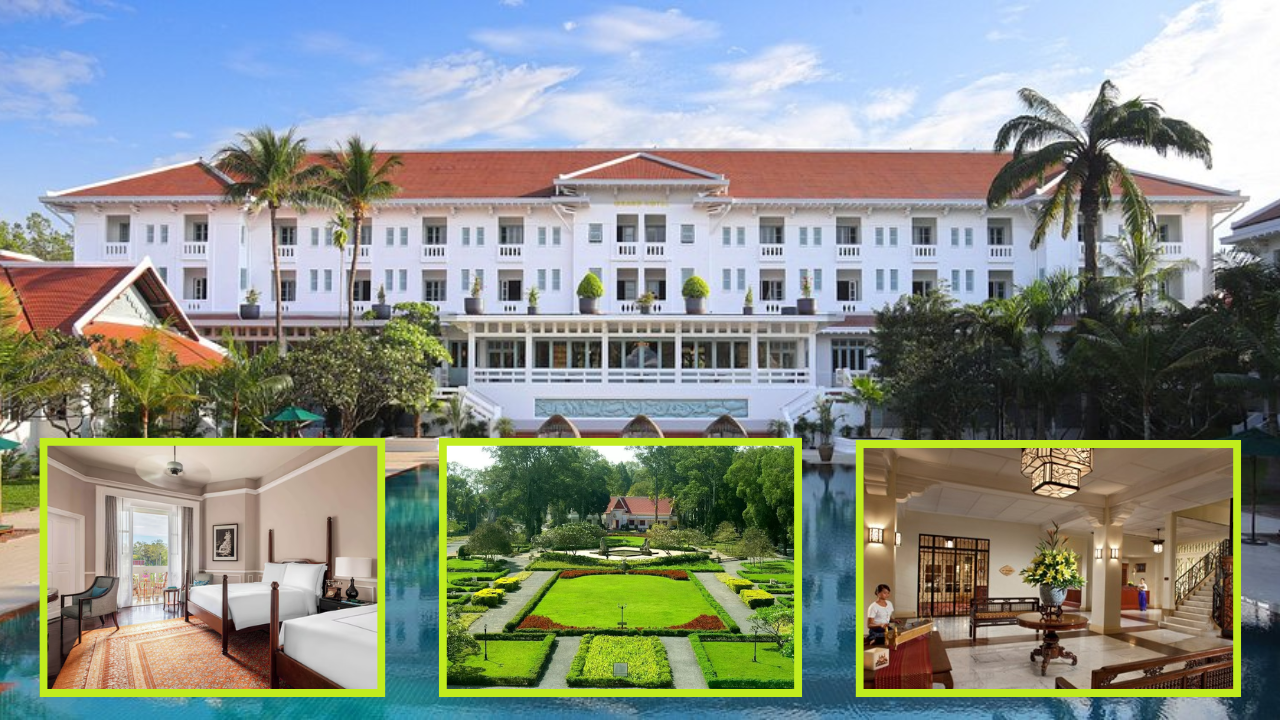
1. The Raffles Grand Hotel d’Angkor – Siem Reap, Cambodia
📍 Near Angkor Wat, a UNESCO World Heritage Site
Opened in 1932, this colonial-era hotel is a national treasure — and today, it runs on sustainable operations and a cultural mission.
Why it’s special:
- Uses LED lighting and energy-efficient air conditioning
- Restored with original wood, tiles, and antiques
- Hosts Khmer dance performances and artisan fairs
- Trains and employs local villagers from Angkor Park buffer zones
✈️ Save Time & Travel Smarter – Book Now!
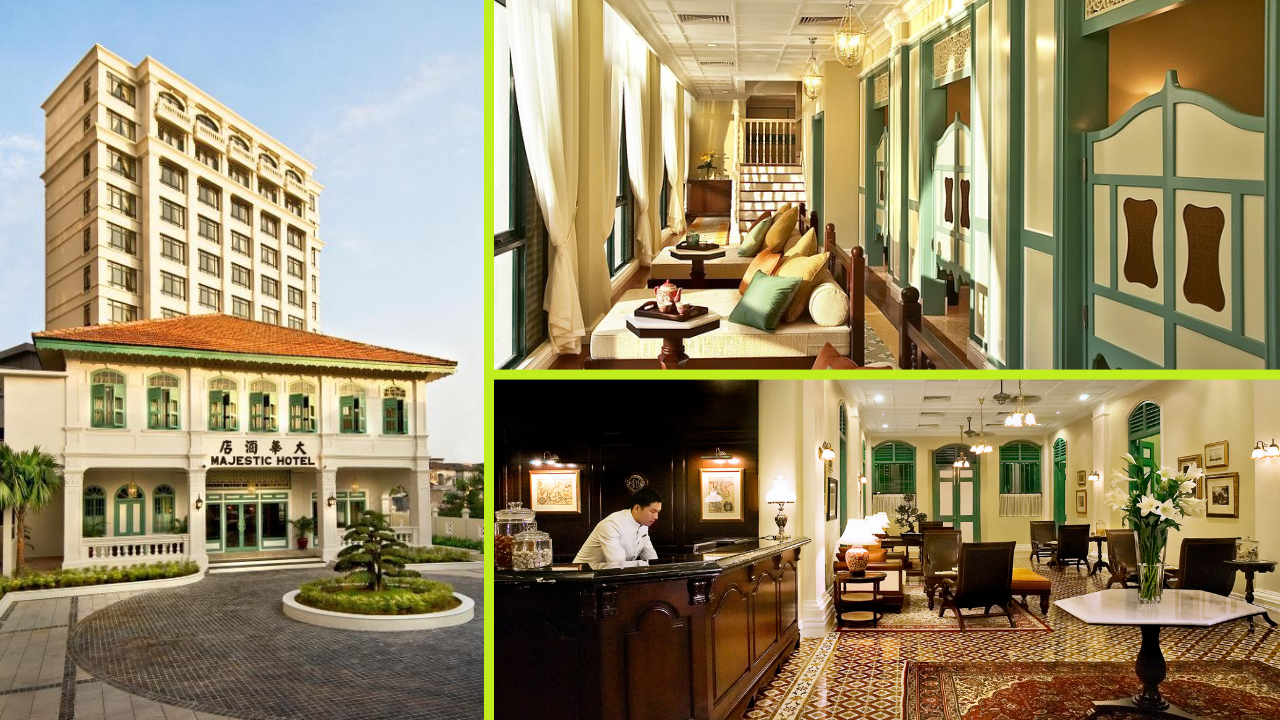
2. The Majestic Malacca – Melaka, Malaysia
📍 UNESCO-listed historic town of Melaka
Once a 1920s Peranakan mansion, this boutique hotel blends colonial architecture with eco-conscious elegance.
Why it’s special:
- Preserves Straits Chinese design with zero new land development
- Promotes local heritage through batik workshops and food tours
- Plastic-free rooms and energy conservation initiatives
- Collaborates with Melaka Museum Authority for cultural education
✈️ Save Time & Travel Smarter – Book Now!
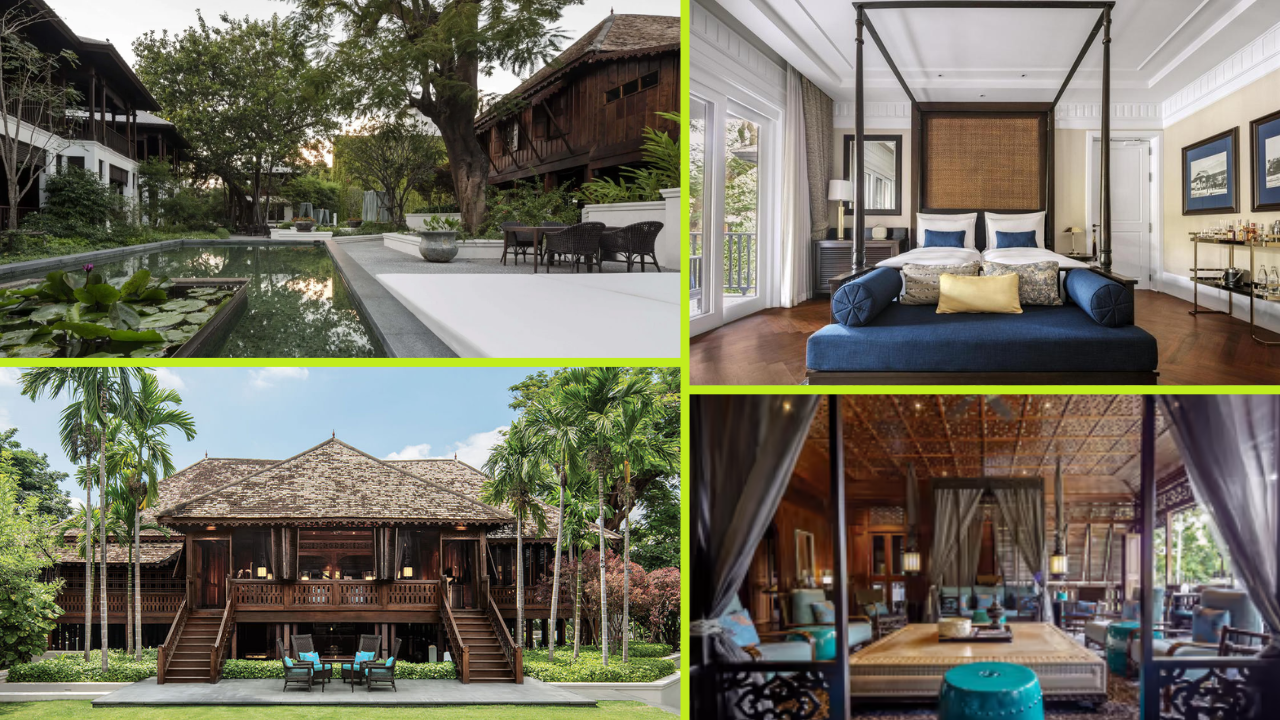
3. The 137 Pillars House – Chiang Mai, Thailand
📍 Historic teakwood residence from the 1800s
Formerly part of the East Borneo Company, this residence-turned-luxury-hotel is a leader in heritage preservation and eco-hospitality.
Why it’s special:
- Fully restored using traditional Lanna craftsmanship
- Rainwater harvesting and solar energy
- Supports elephant conservation and local weaving collectives
- Hosts history walks led by local historians
✈️ Save Time & Travel Smarter – Book Now!
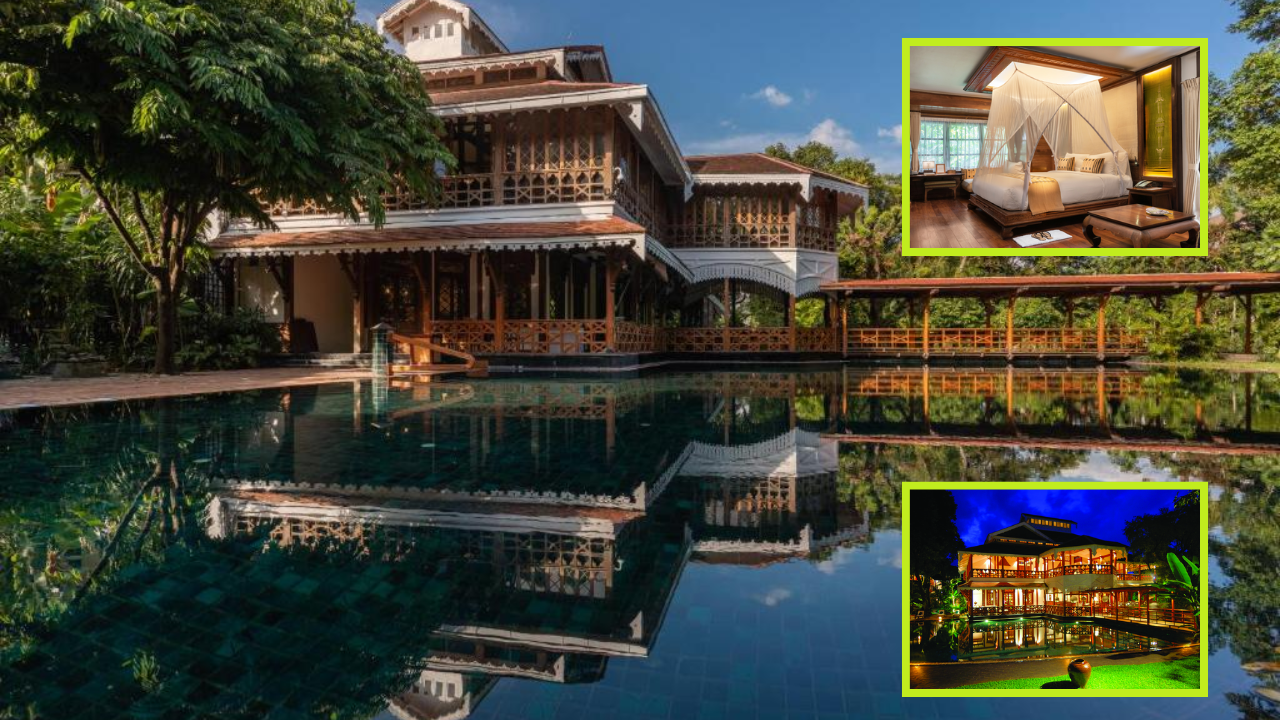
4. The Governor’s Residence – Yangon, Myanmar
📍 Former colonial governor’s mansion
Tucked away in Yangon’s Embassy District, this teakwood estate now functions as a luxury hotel — while preserving Burmese tradition and biodiversity.
Why it’s special:
- No single-use plastics
- Solar water heating and organic gardens
- Offers cultural classes in Burmese lacquerware and longyi weaving
- Operated in partnership with local communities for equitable tourism
✈️ Save Time & Travel Smarter – Book Now!
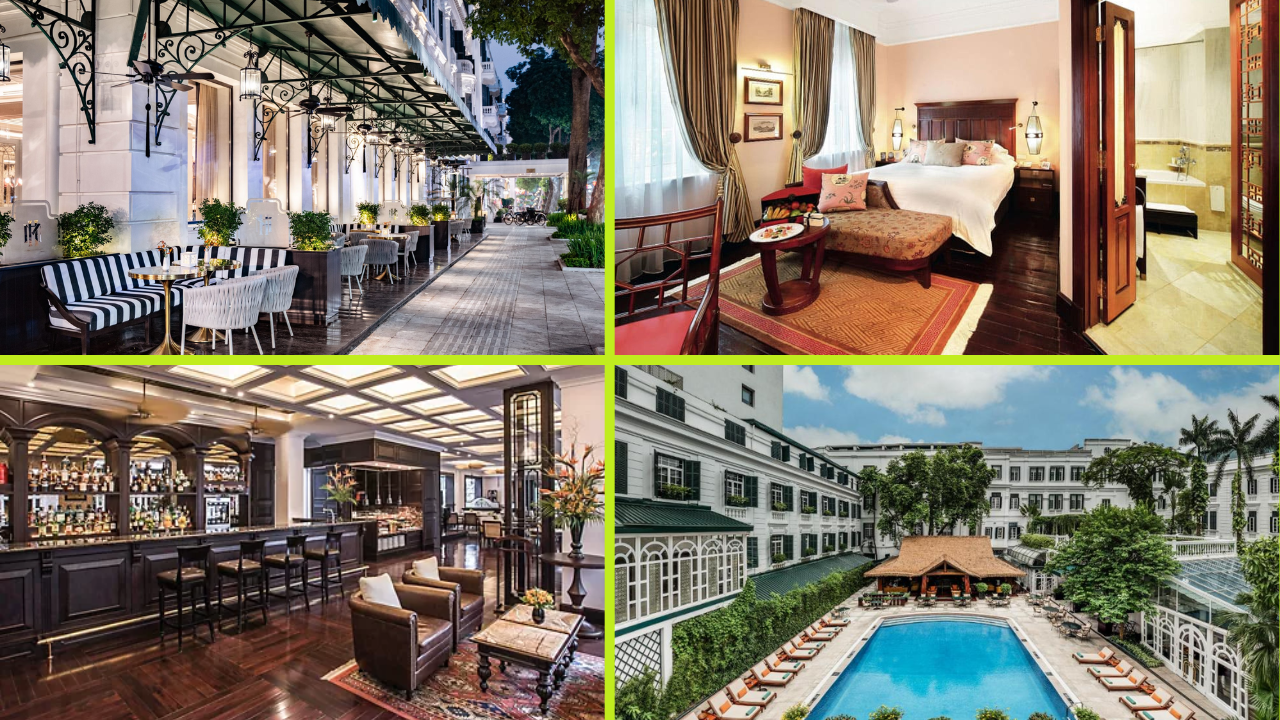
5. Sofitel Legend Metropole Hanoi – Hanoi, Vietnam
📍 French Quarter, Hanoi
A 120-year-old landmark in Hanoi’s French Quarter, the Metropole has hosted writers, diplomats, and royalty — and now leads green luxury in Vietnam.
Why it’s special:
- Operates with ISO 14001 environmental management certification
- Maintains its original 1901 structure and facades
- Hosts traditional Vietnamese cooking classes
- Partners with local NGOs on heritage restoration efforts
✈️ Save Time & Travel Smarter – Book Now!

6. The Heritage Bagan Hotel – Bagan, Myanmar
📍 Adjacent to Bagan Archaeological Zone
Built in the style of an ancient Burmese monastery, this hotel is a homage to the city’s sacred roots.
Why it’s special:
- Uses brickmaking and artisan design rooted in Bagan’s heritage
- Supports local pagoda and temple upkeep through guest donations
- Runs on solar power and bamboo charcoal systems
- Organizes temple cleanups and eco-biking tours
✈️ Save Time & Travel Smarter – Book Now!
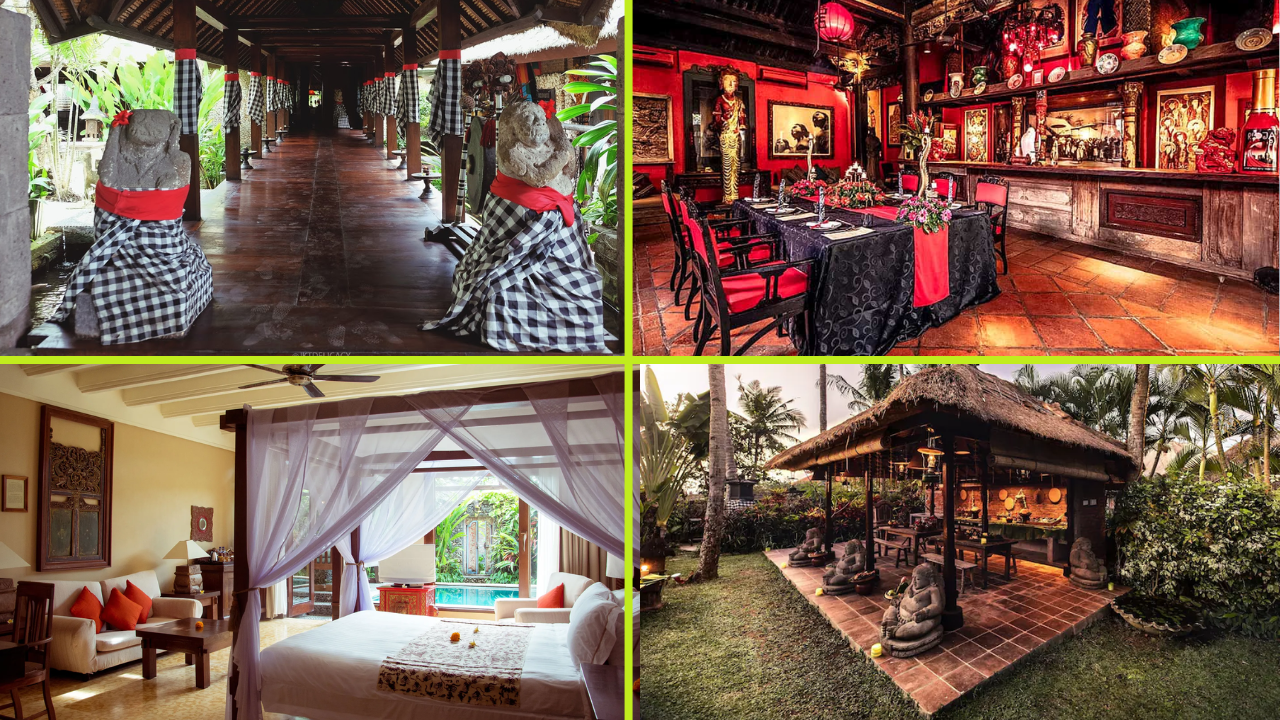
7. Tugu Hotel Bali – Canggu, Indonesia
📍 Cultural revival through hospitality
This private collection of restored Javanese palaces and antiques functions both as a hotel and a cultural museum.
Why it’s special:
- Repurposed antique wooden houses from across Java
- Hosts gamelan music nights, wayang kulit (shadow puppetry), and Balinese dance
- Vegan dining options and composting systems
- Works with Balinese foundations to support endangered art forms
✈️ Save Time & Travel Smarter – Book Now!
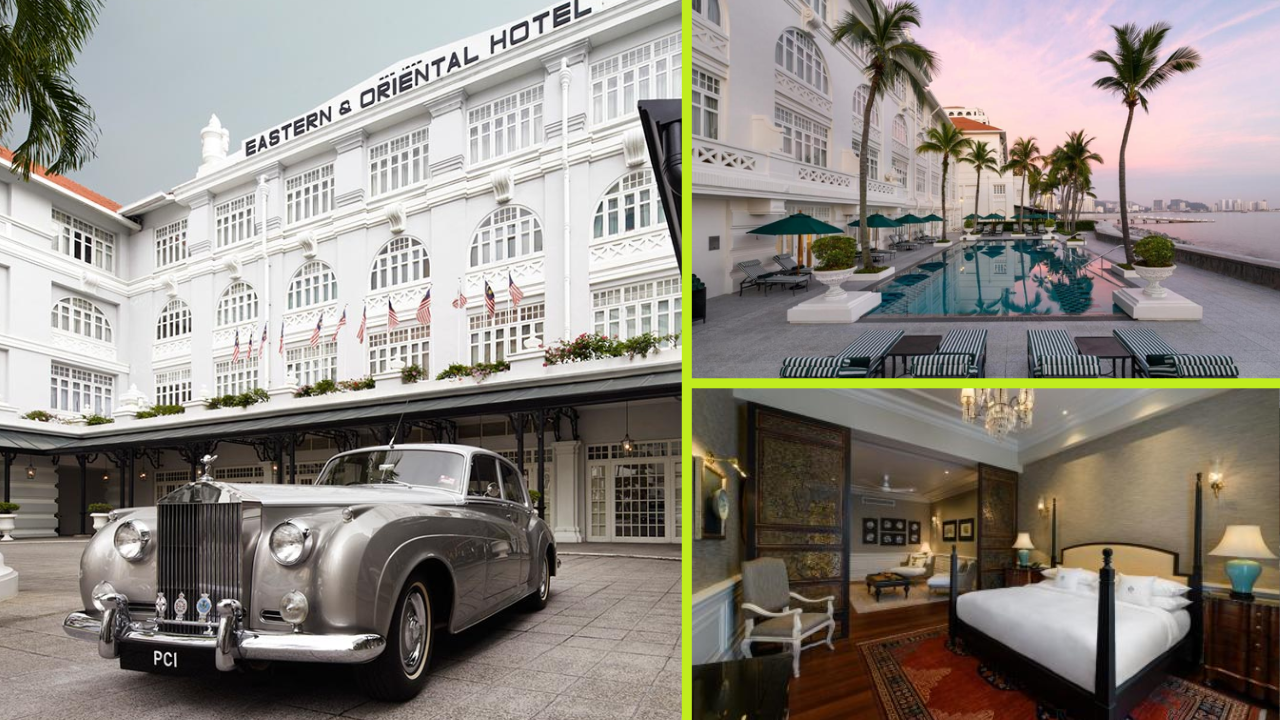
8. The Eastern & Oriental Hotel – George Town, Penang, Malaysia
📍 UNESCO World Heritage Site
Built in 1885, this iconic hotel has undergone major restorations while preserving its colonial splendor — now with a strong sustainability ethos.
Why it’s special:
- Heritage façade protected by George Town World Heritage Inc.
- Low-flow water systems and energy management plans
- Partnered with Penang’s heritage zone to protect local crafts
- Hosts Peranakan cultural showcases for guests
✈️ Save Time & Travel Smarter – Book Now!
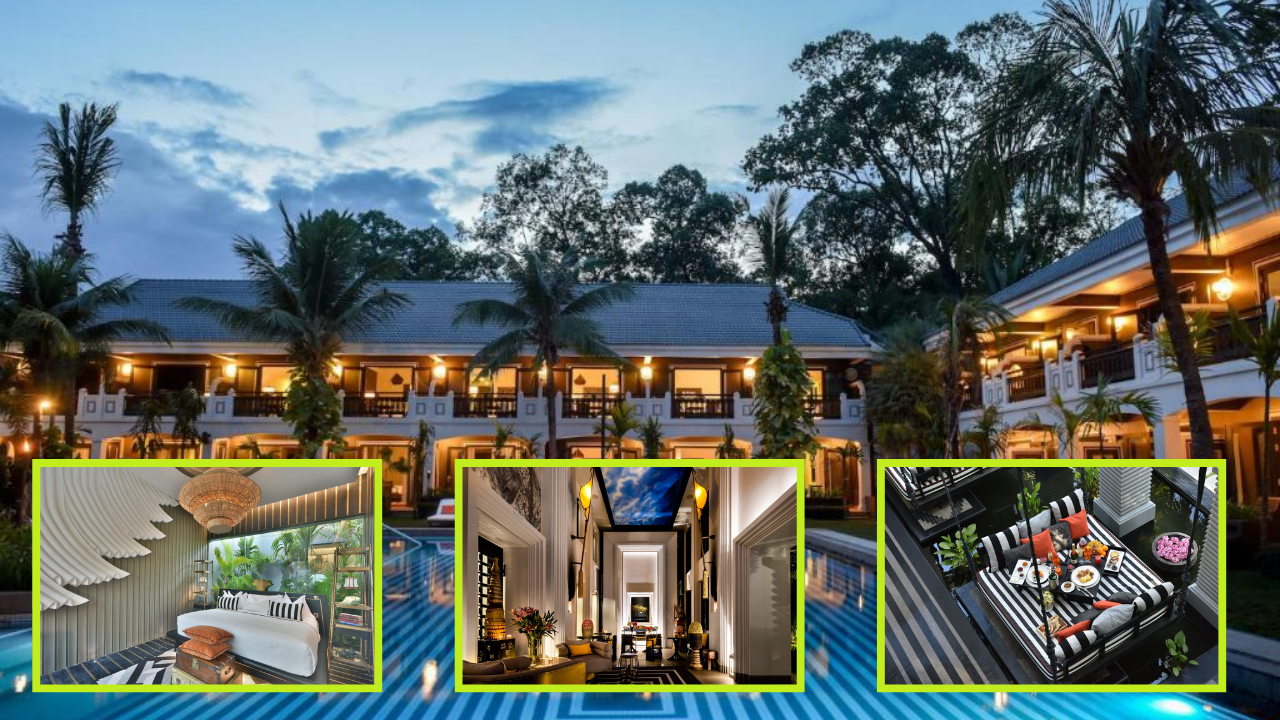
9. Shinta Mani Angkor – Bensley Collection – Siem Reap, Cambodia
📍 A short walk from the Royal Residence
Designed by legendary architect Bill Bensley, this boutique heritage property blends high design with high impact.
Why it’s special:
- Solar-powered operations and recycled water systems
- Profits support the Shinta Mani Foundation’s Khmer artisan programs
- Offers guests immersive village tours led by elders
- Rebuilt using reclaimed wood and locally quarried stone
✈️ Save Time & Travel Smarter – Book Now!
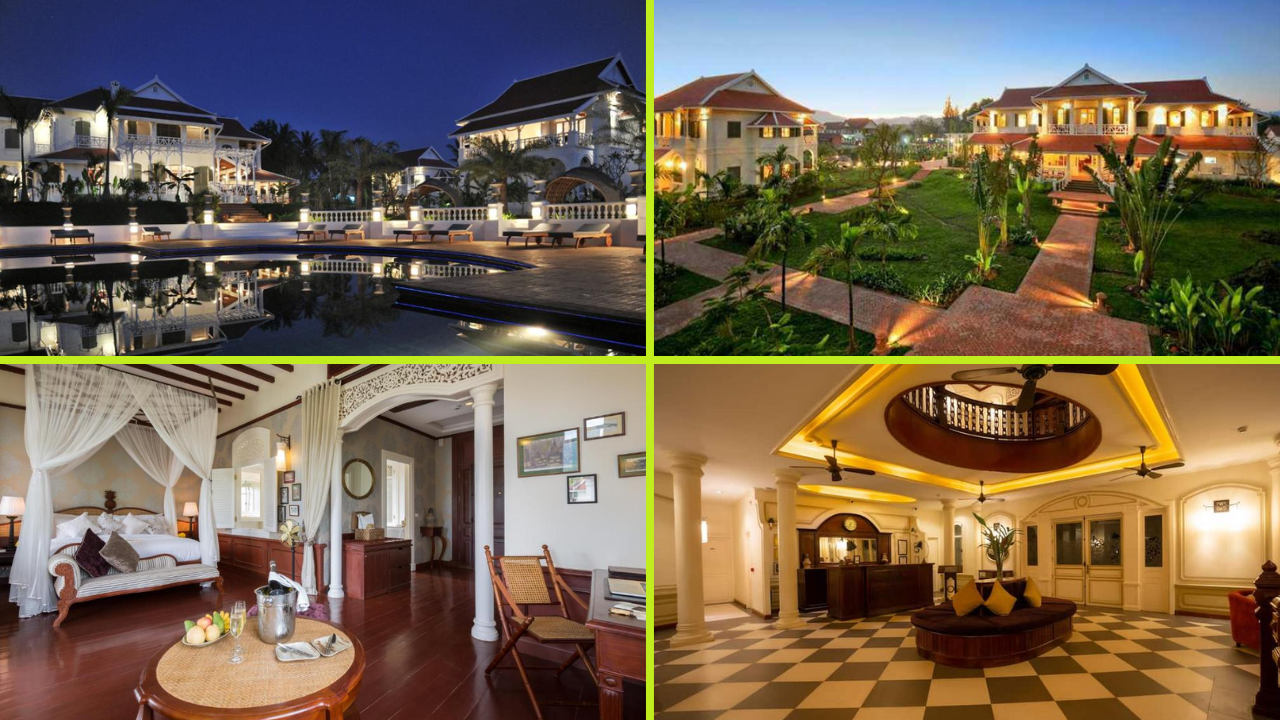
10. The Luang Say Residence – Luang Prabang, Laos
📍 UNESCO World Heritage Town
Inspired by 19th-century Indochinese explorers, this hotel is committed to low-impact, culturally immersive luxury.
Why it’s special:
- Solar-heated water and organic farm-to-table restaurant
- Built using traditional Lao techniques
- Supports local Hmong and Khmu villages through sustainable tourism cooperatives
- Hosts guest lectures on Lao history and heritage
✈️ Save Time & Travel Smarter – Book Now!

11. The Phoenix Hotel Yogyakarta – Yogyakarta, Indonesia
📍 Central Java’s cultural capital
A former royal guesthouse turned boutique hotel, The Phoenix is a nod to Dutch-Indonesian history.
Why it’s special:
- Maintains its Dutch colonial architecture and Javanese décor
- Hosts batik and gamelan workshops
- Introduced greywater recycling and bamboo straws
- Partnered with Borobudur community artisans for souvenirs
✈️ Save Time & Travel Smarter – Book Now!
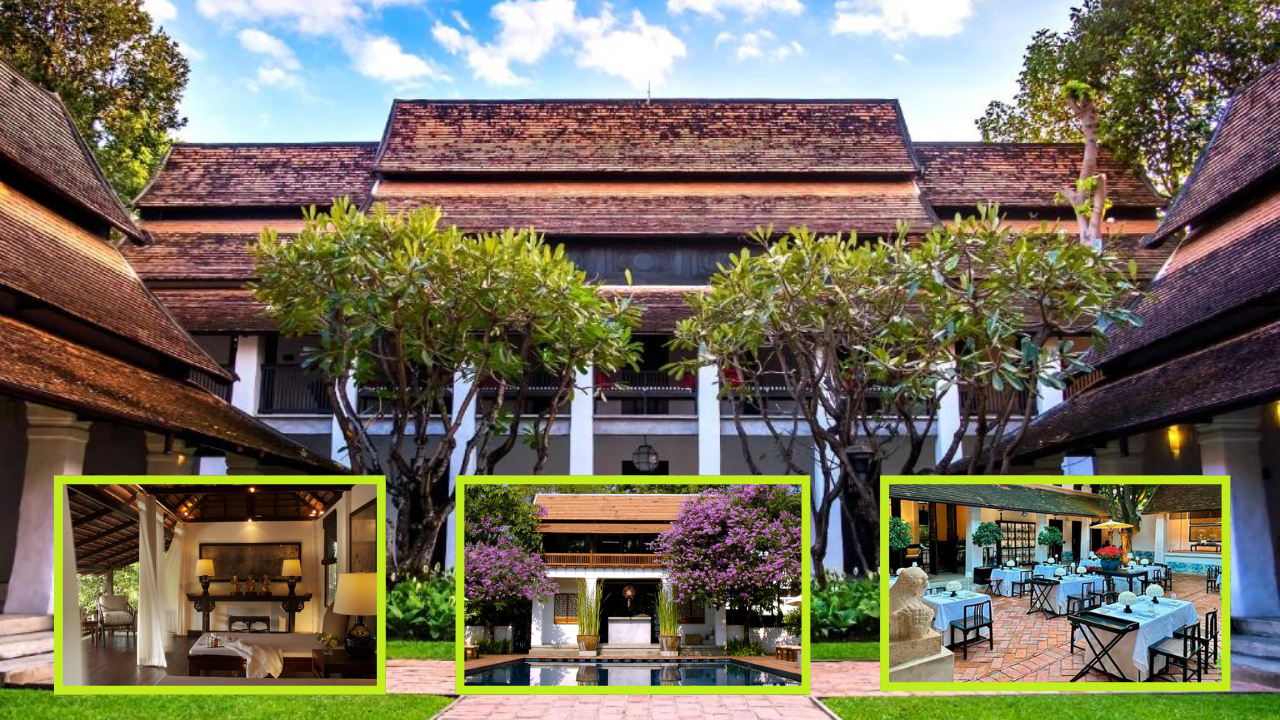
12. Rachamankha Boutique Hotel – Chiang Mai, Thailand
📍 Next to Wat Phra Singh Temple
This Lanna-style hotel was designed by a National Artist of Thailand and exudes understated heritage charm.
Why it’s special:
- Reclaimed teak construction and no new forest clearing
- Collaborates with Buddhist temples for preservation funding
- Features a gallery showcasing Northern Thai artifacts
- Serves organic, locally farmed vegetarian cuisine
✈️ Save Time & Travel Smarter – Book Now!

13. Villa Song Saigon – Ho Chi Minh City, Vietnam
📍 Saigon Riverbank
An elegant colonial-era mansion in District 2, this restored villa is a model for heritage urban sustainability.
Why it’s special:
- Solar lighting in public areas
- Minimalist restoration preserving colonial bones
- Supports Vietnamese art students through exhibitions
- Hosts zero-waste dinner pop-ups by local chefs
✈️ Save Time & Travel Smarter – Book Now!
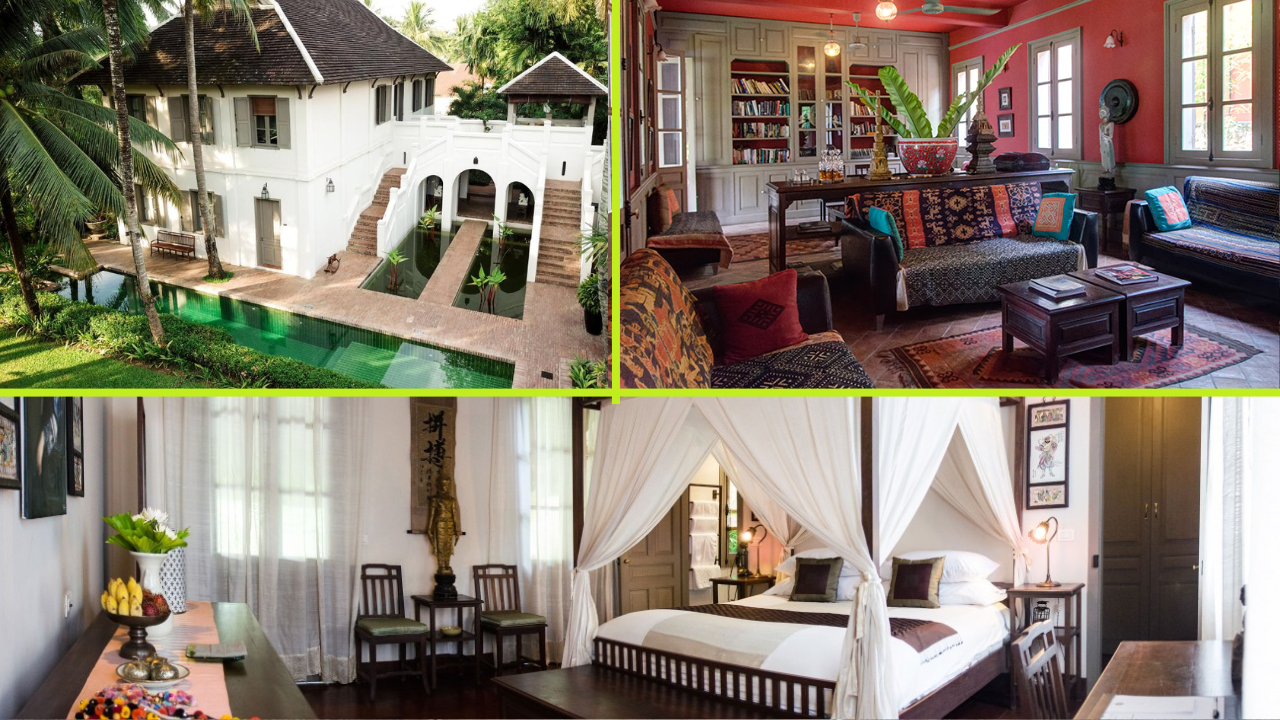
14. Satri House – Luang Prabang, Laos
📍 Former residence of Prince Souphanouvong
A royal home turned heritage hotel, Satri House blends French-Indochina flair with Lao spiritualism.
Why it’s special:
- No synthetic chemicals in garden and spa treatments
- Rainwater collection and passive cooling systems
- Rooms feature textiles made by Lao women’s cooperatives
- Hosts meditative cultural experiences with local monks
✈️ Save Time & Travel Smarter – Book Now!
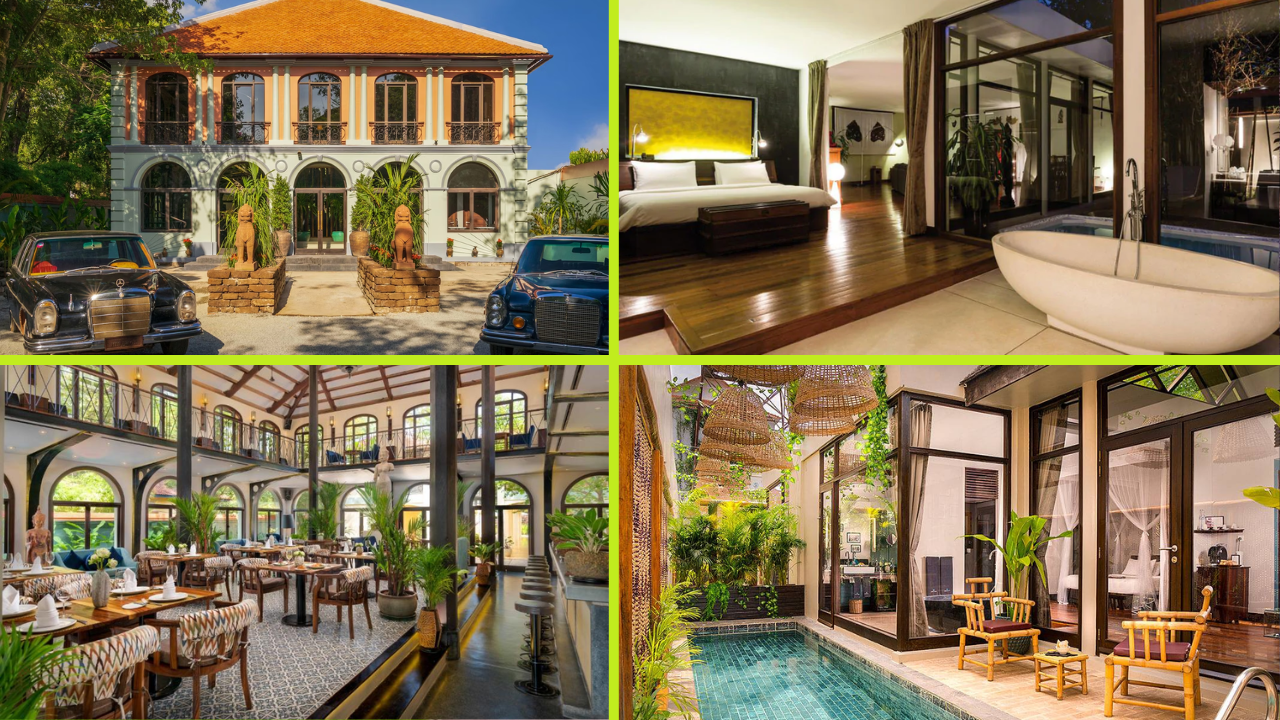
15. Heritage Suites Hotel – Siem Reap, Cambodia
📍 Colonial garden district
This low-key luxury retreat was among the first eco-certified boutique hotels in Cambodia.
Why it’s special:
- All suites built with reclaimed wood and natural ventilation
- In-room saltwater plunge pools reduce chemical use
- Partners with Artisans d’Angkor to keep stone carving traditions alive
- Hosts Khmer food heritage workshops and social enterprises
✈️ Save Time & Travel Smarter – Book Now!

📊 Cultural Degradation in ASEAN: A Growing Concern
- 🧱 A UNESCO assessment found that over 50% of cultural heritage sites in ASEAN face threats from over-tourism and urban development.
- 🌏 In Thailand and Vietnam, 90% of foreign tourism is concentrated in 10% of destinations — putting immense pressure on local culture and resources.
- 🛎️ According to Booking.com, 78% of global travelers want stays that preserve cultural heritage (Sustainable Travel Report 2023).

🧳 How to Choose a Heritage Eco Hotel
Look for hotels that:
- 🏛️ Restore, not replicate heritage structures
- 🌱 Incorporate renewable energy and water-saving systems
- 🤝 Collaborate with local communities and artisans
- 📜 Offer experiences rooted in local history and craft

🌸 Final Thoughts: Where the Past Protects the Future
In choosing one of these heritage eco hotels in ASEAN, you’re doing more than checking into a room — you’re checking into a story. One of revival, respect, and responsibility. These are living museums, lovingly maintained not for tourism’s sake, but for the generations to come.
So if you’re ready to travel deeper, sleep in the echoes of the past, and leave a positive footprint, let your next stay be one that preserves and protects.









